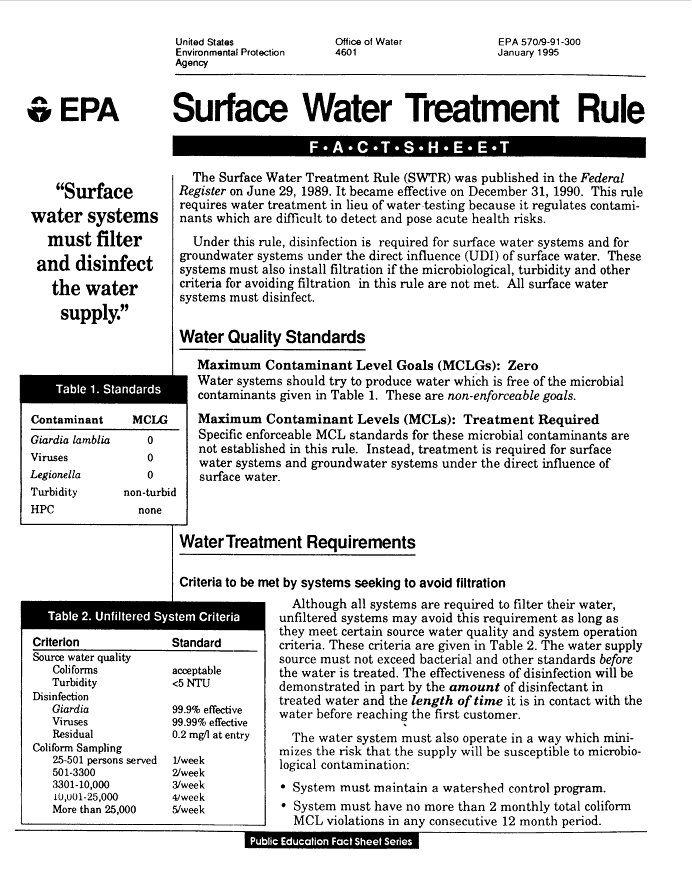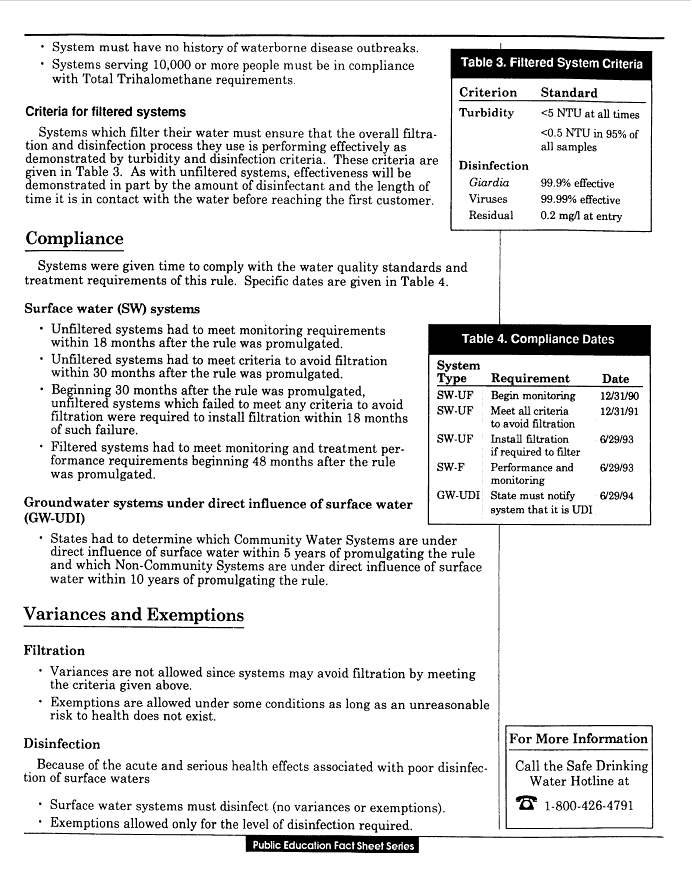The Reagan Years
Since the election of the second Reagan administration in 1984, contributions of state and federal funding to the city’s budget declined. Political pressure to hold down property taxes since the 1970s caused an increase of water and sewer prices by 200% between 1987 and 1994. To put this in perspective with water infrastructure trends in the U.S. at the time, in 1977, the U.S. spent $76 per person to support public water; that figure now stands at less than $14 per person. In the late 1990s, 43 states had private water companies operating within them and almost 600 cities held a contract with a private water company. 20 cities had more than one private company operating within the city limits. At this time, following the trends of other large U.S. cities, new regulations allowed the city to shut off the water supply in individual buildings, which has since impacted cities’ low-income households.
“New York [City] was sort of this colossus that could do what it wanted to do. By the 1970s/80s that starts to change. And the real wake-up call comes in the late 80s, early 1990s when the federal government orders it to build a filtration plant. That’s this really significant moment where I think the story is before and after that point in time.” – David Soll, Author
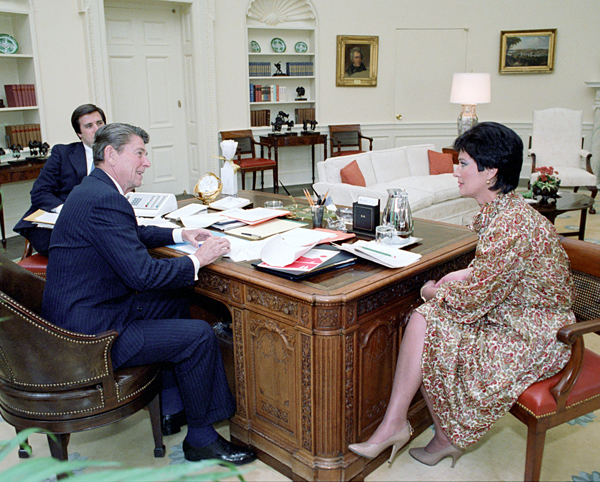
“In the 1980s, the Reagan Administration began a concerted effort to make the case that selling off many government assets and “outsourcing” government services would reduce government costs and help balance the budget. This push for “privatization,” which continues today in many quarters, is based on the premise that government does not necessarily have to produce public goods or services—roads, hospitals, public safety—but is only obligated to guarantee that public services are provided.
Privatization can take a variety of forms, including “outsourcing” certain activities—such as bill collecting, utility meter reading, auditing and compliance services, landscape maintenance—contracting with a private entity to build and operate a community facility, such as a hospital or convention center or water treatment plant. An example of the most extreme form of privatization of a public service would be the “outright divestiture of both management responsibilities and capital assets to private companies…
Privatization, also referred to as public-private partnerships, in any of these forms has probably not proceeded as unconditionally as its supporters would want, but it has taken hold. A survey conducted by the Council of State Governments in 1997 indicated that more than 58.6% of the states had increased privatization during the previous five years, and 55.2% were planning to increase privatization initiatives during the next five years.”
— From “Privatization of Water and Wastewater Services” published by the Texas Center for Policy Studies in July 2002.
The Croton Watershed & Contamination
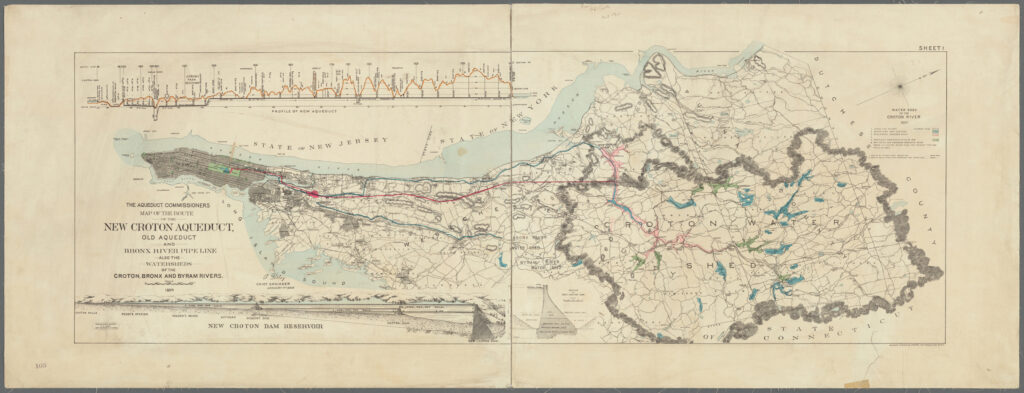
“The Croton watershed is particularly exposed to an ongoing threat of contamination, as a result of stormwater run-off and there have been a number of pollution incidents historically.
The system was removed from service for periods during 1992, 1993, 1994 and 1998, and shut down entirely for much of 2000 and 2001, when contaminants leaked into the New Croton Aqueduct.
In 1989, the US Federal Environmental Protection Agency (EPA) introduced the surface water treatment rule (SWTR), requiring all surface drinking water to be filtered unless stringent water quality and disinfection criteria are met. Additionally, the safe drinking water act mandated the filtration of all surface water by June 1993 except where compliance with strictly defined public health standards made it unnecessary.
In July 1992, New York City Department of Environmental Protection applied for filtration avoidance for the Catskill / Delaware system, which was granted in January 1993. However, no similar waiver was sought for the Croton Watershed. In 1993, the EPA determined that the SWTR applied and that the water from this source would need to be filtered and disinfected.”
— From “Croton Water Filtration Plant” article by Water Technology online publication. Link.
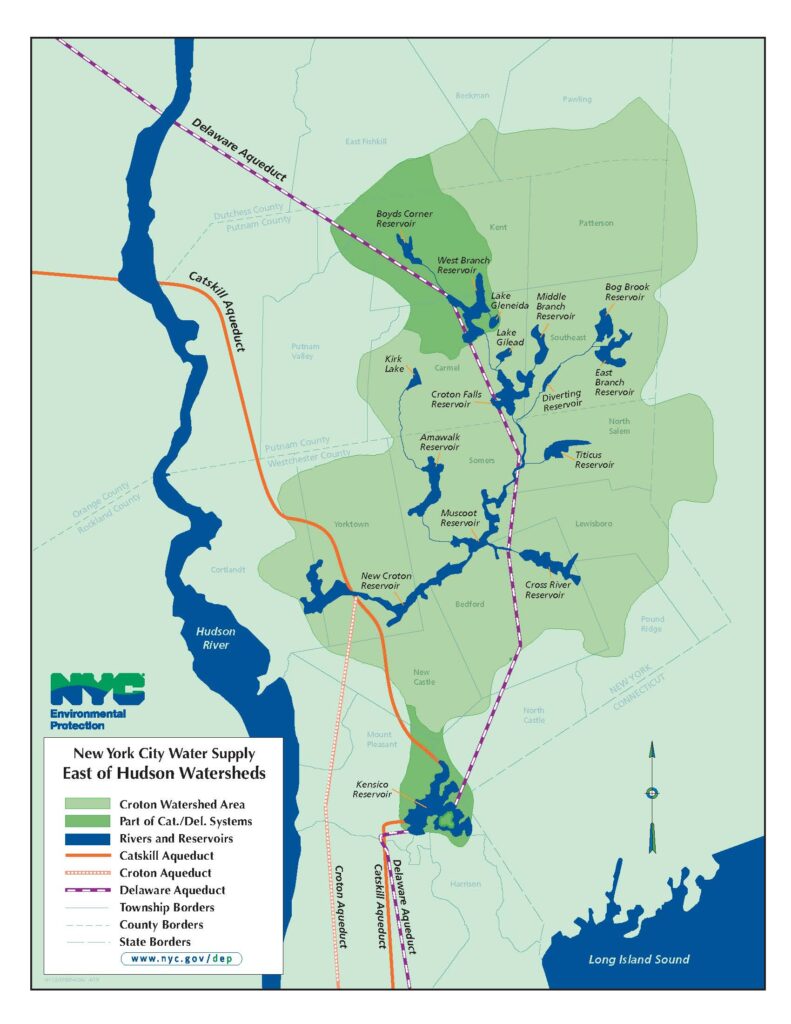
Under the Reagan administration, the EPA suffered budget and staffing reductions. The Agency was pushed away from its founding mission of environmental protection and conservation, and pulled into the administration’s broad push for deregulation of environmental standards, the promotion of privatization, and protection of corporate interests.
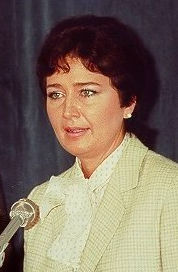
EPA Administrator Anne Gorsuch
“A sharp aggressive lawyer who rose in western conservative circles, then elected to the Colorado legislature as part of a self-named group called the “House Crazies,” Anne Gorsuch made a career of challenging what she saw as repressive federal regulation.
With Ronald Reagan’s landslide election, she found herself at the helm of arguably the most “repressive” of the bunch, the Environmental Protection Agency. She cut an impressive figure. While Gorsuch was widely described as “charming,” Denver’s Rocky Mountain News added that “she could kick a bear to death with her bare feet.”
In less than two years, Gorsuch oversaw a 22 percent cut in the EPA’s budget and cashiered nearly 20 percent of the EPA’s personnel. A 1983 New York Times editorial tore into her management style, declaring “Anne Gorsuch inherited one of the most efficient and capable agencies in government. She has turned it into an Augean stable, reeking of cynicism, mismanagement and decay.”
Environmental enforcement took a nosedive, as did the morale of career EPA employees. Gorsuch derided the “hysteria” of environmental groups, and pushed a wildly unpopular, ultimately unsuccessful proposal to burn toxic wastes aboard ships along the heavily-populated east coast.”
—From “Profiles in Scourges: Anne Gorsuch. Weekend Reader, Sun. Feb. 11” by Peter Dykstra for Environmental Health News, published February 11, 2018. Link.
